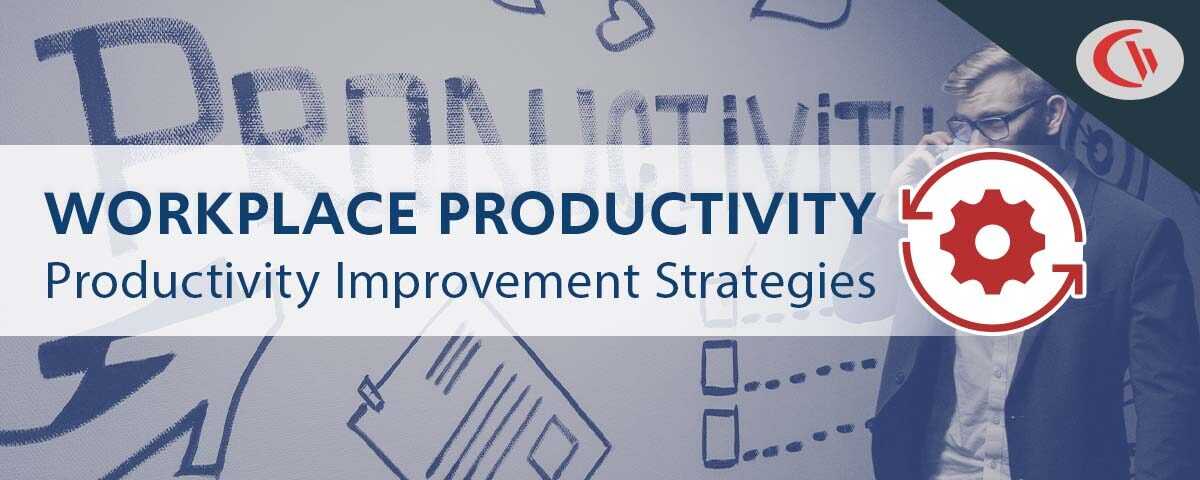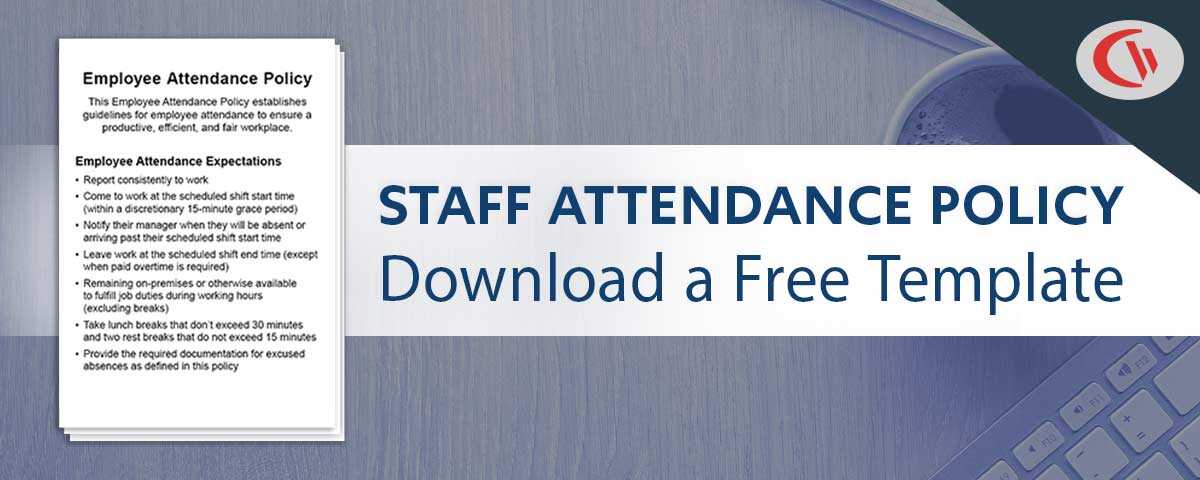How to Increase Productivity: 10 Strategies Companies Need to Try

Most everyone would like to think that they have great and, consequently, productive employees. However, studies show that employees are only productive for 2 hours and 23 minutes of their work day.
While you might be blown away by that statistic, the truth is that employees can become very distracted by chatty co-workers, unproductive websites, and other workplace distractions.
These issues are just the tip of the iceberg when it comes to improving employee productivity.
In this article, you’ll learn essential productivity improvement strategies that your company can implement to improve its operational efficiency.
Related Articles
- 10 Essential Tips for Improving Performance at Work
- Time Management Tips for Professionals
- How To Tell An Employee They Need to Improve
What Is Considered a Productive Employee?
Graphic by Finances Online
Before diving into how to implement effective improvement strategies, we should first be aware of how an employee’s productivity is defined. Employee productivity is defined as the output (or work) that an employee produces within a specific period of time.
The general characteristics of a productive employee include excellent time management skills, positive mindsets, and great problem-solving capability. Productive employees, therefore, will produce a significant and quantitative amount of work while having a positive mindset.
However, it is up to the employee’s manager to understand how much work is defined as a significant amount of work. The manager should always be aware of how long it takes to complete a task and if they are not aware, they should start monitoring the process until they know how much time it takes to complete a task or project.
Once the productivity level is defined, a company may begin implementing productivity improvement strategies.
Get Your FREE Employee Performance Improvement Plan (PIP) Template
- Set expectations for underperforming employees
- Establish a timeline for improving on actionable goals
- Keep track of check-ins and milestones throughout the PIP
Get started today—Download the FREE template to correct employee productivity and conduct issues.
How to Improve Employee Productivity
The question remains: What can a company do to motivate employees to increase productivity and remain on task?
Below we will investigate 10 productivity improvement strategies your company needs to try.
#1 Improve Recruitment and Hiring
To have great employees, you must first hire great employees.
It’s critical to invest an appropriate amount of time in the recruitment process. Your hiring managers must understand the key criteria needed to be successful in the position and get ample references to ensure that a potential hire is a great fit for your company.
Once you find the right person, make sure you have them working in the right position in the company.
Gallup research found that only 32% of employees are engaged in their jobs. So if a company works to ensure they have the right people in the right positions, this will directly impact productivity.
#2 Invest in Employee Culture
Be sure your company invests in a strong company culture, as culture and values are cited in the top 23% of influences when finding a new job. As culture is so impactful, a company must have a strong culture so employees will feel connected, engaged, and productive in the company.
The company should always address employee issues and be fair with all employees so as not to demotivate any other employees. In addition, ensuring that personnel issues are always resolved will contribute to a company culture where employees are excited to come to work every day.
#3 Implement Productivity Improvement Software
If you have ever walked up behind someone and noticed that they quickly closed their browser, it might be time to become serious about implementing productivity improvement software.
CurrentWare’s employee productivity monitoring software for companies allows managers to track unproductive web browsing and idle time to detect time wasting, so they will know how much time is wasted on the job.
Once a company has the data needed, it can address productivity issues such as spending too much time browsing the web, social media, and other factors that derail productivity.
The user activity dashboards and computer usage reports give you the insights you need to identify productivity leaks, detect excessive bandwidth usage and improve business intelligence.
#4 Avoid Multitasking
Although employees love to market themselves as excellent multitaskers, the truth is that employees are rarely great at working on more than one thing at a time.
A surprising study from the University of Utah found that only 2.5% of people can multitask effectively. This affirms that although employees might believe they are doing well multitasking, truthfully, they are not.
A surprising study from the University of California found that the typical office worker is interrupted, on average, every three minutes and five seconds, and it can take 23 minutes and 15 seconds to get back on task.
Bring awareness to your employees about staying on task and how they should avoid multitasking to increase their productivity. For example, employees may find that dedicating set times to one single project may actually boost their productivity quite quickly.
Once they see the company’s support of an initiative to steer away from multitasking, the employees will most likely feel safe to focus their efforts on one project at a time.
Out of the many distractions at work, 26% of surveyed employees say that their most frequent distraction is email. This distraction can be even more harmful because we are likely to think we are being productive while always being available with our inbox open and our Slack notifications coming in at every second.
However, very often all that winds up happening is we get distracted from the task at hand giving it less than our best effort.
Setting up an email autoresponder on days when you have other more pressing tasks or simply disabling email notifications would be a good way to avoid the temptation of getting to your emails the moment you receive them.
#5 Embrace Hybrid or Remote Work Positions
An impressive study from Mckinsey discovered that 35% of job holders could work from home full-time, and 23 % can do so part-time.
Furthermore, employees have found that working from home boosts productivity as they are not disrupted at endless times throughout the day by well-meaning co-workers or other office noise.
To ensure that all employees are productive at home, CurrentWare supports the off-site management of employees’ computers to ensure their work laptops and stations are monitored while working from home and productivity remains on the rise.
#6 Commit to Deadlines
Once a deadline is placed, it should be kept. Fact. Unfortunately, deadlines can become derailed by a lack of productivity, employees feeling lost in the process, and other factors. A manager should be keenly aware of what work his/her team has been producing and where they are in the process.
Without a doubt, the manager must regularly follow up with their team and clients to ensure everyone is on task. In addition, if a vendor or employee has not given any response, they should always be followed up with to check the project’s status. Try a follow-up email cadence to keep all parties focused on the task.
#7 Avoid Overcrowding Meetings
What is video conferencing, and what is it really good for? Video conferencing is a technology that allows people to communicate and collaborate in real-time from different locations using video and audio. Video conferencing makes it easier for remote and distributed teams to have virtual meetings, which (in theory) is perfect for ensuring collaboration and productivity for off-site teams.
But not every meeting is necessary…
Ever been in a meeting and wondered why you were there? Well, the truth is that you probably did not need to be. A survey from TechRepublic found that 32% of respondents said they find themselves thinking, “this meeting could have been an email” most or all of the time.
Since that is the case, go ahead and boost your employee’s productivity by only inviting essential personnel to the meeting and sending out an email with an overview of what was said during the meeting.
Again, employees will appreciate their time being valued by not having to sit through another meeting where they were not needed and receiving the pertinent information promptly.
#8 Provide Employees with the Right Tools
Set employees up for success by making sure they have the right tools. Make sure their setup works appropriately with the necessary programs. If computers are slowing down the process, have the IT department check the setup and see what may be done to maximize work potential.
Once your employees have all the tools they require for their job, they will undoubtedly be set up for success and a productive workspace.
#9 Prioritize Mental Health and Self Care
A survey from the American Psychological Association discovered that nearly 3 in 5 employees (59%) said they had experienced negative impacts of work-related stress in the past month, and many (87%) employees think actions from their employer would help their mental health.
A company can be proactive and make sure that employees work in a stress-reduced environment and a place that motivates their mental health. Invest in an Employee Assistance Program to provide employees with access to mental health care.
Show your employees you greatly care for the well-being of their mental health by hosting a session on lessening stress and maximizing their health. Whichever method is chosen will reinforce the importance of their well-being to the company and that they are seen as a person and not just a number.
#10 Outsource Tasks Where You Can
Decrease the lack of productivity by outsourcing tasks where you can. Instead of having a team of employees work on a piece of a project that is not within their area of expertise, empower those employees for success by allowing them to work within their core competencies.
Final Thoughts
A successful company is a focused company that allows its employees the chance to succeed. Therefore, as much as possible, empower your employees to remain productive by implementing the ideas mentioned today.
Make your company stand out from other companies by having happy and productive employees who have achieved genuine job satisfaction and can produce impressive and unique work.
About the Author
Author: Freya Laskowski
Twitter: @freyalaskowski
Freya is is an SEO consultant that helps brands scale their organic traffic with content creation and distribution. She is a quoted contributor in several online publications including Business Insider, Fox Business, Yahoo Finance, and the Huffington Post. She also owns CollectingCents—a personal finance blog that she grew from the ground up. You can reach out to her at freya@collectingcents.com.


